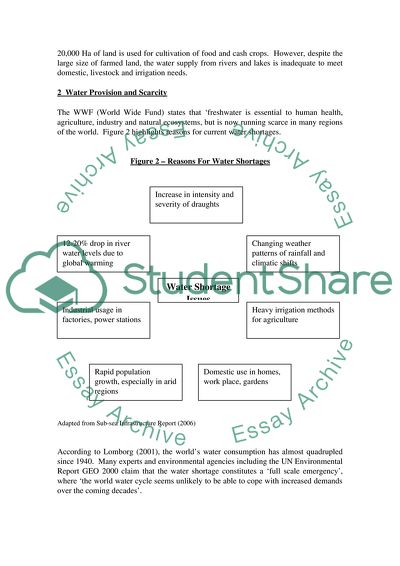Cite this document
(The Baringo District, Kenya - Methods of Water Provision Report - 16, n.d.)
The Baringo District, Kenya - Methods of Water Provision Report - 16. https://studentshare.org/geography/1750962-report
The Baringo District, Kenya - Methods of Water Provision Report - 16. https://studentshare.org/geography/1750962-report
(The Baringo District, Kenya - Methods of Water Provision Report - 16)
The Baringo District, Kenya - Methods of Water Provision Report - 16. https://studentshare.org/geography/1750962-report.
The Baringo District, Kenya - Methods of Water Provision Report - 16. https://studentshare.org/geography/1750962-report.
“The Baringo District, Kenya - Methods of Water Provision Report - 16”. https://studentshare.org/geography/1750962-report.


